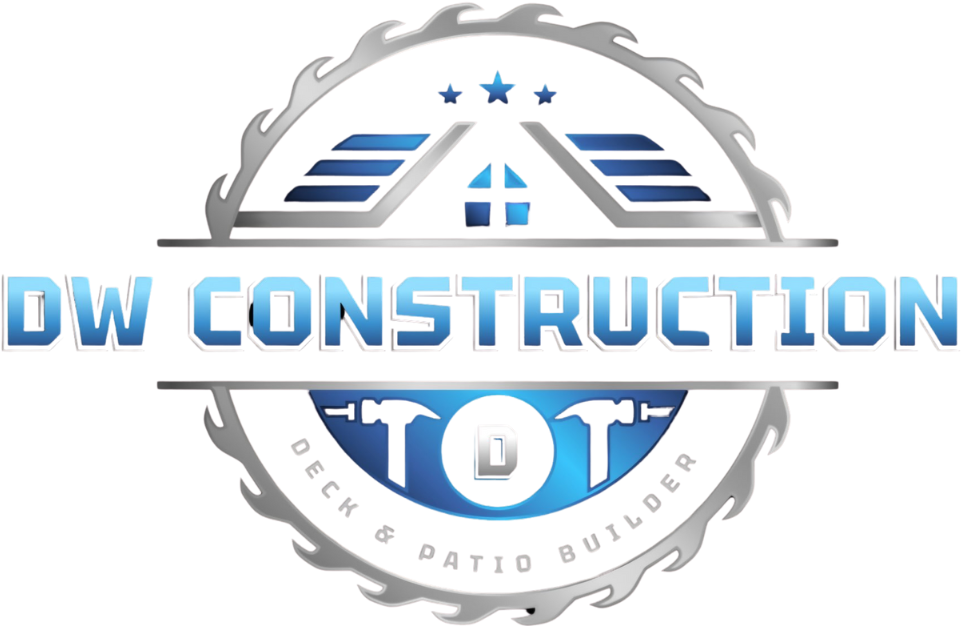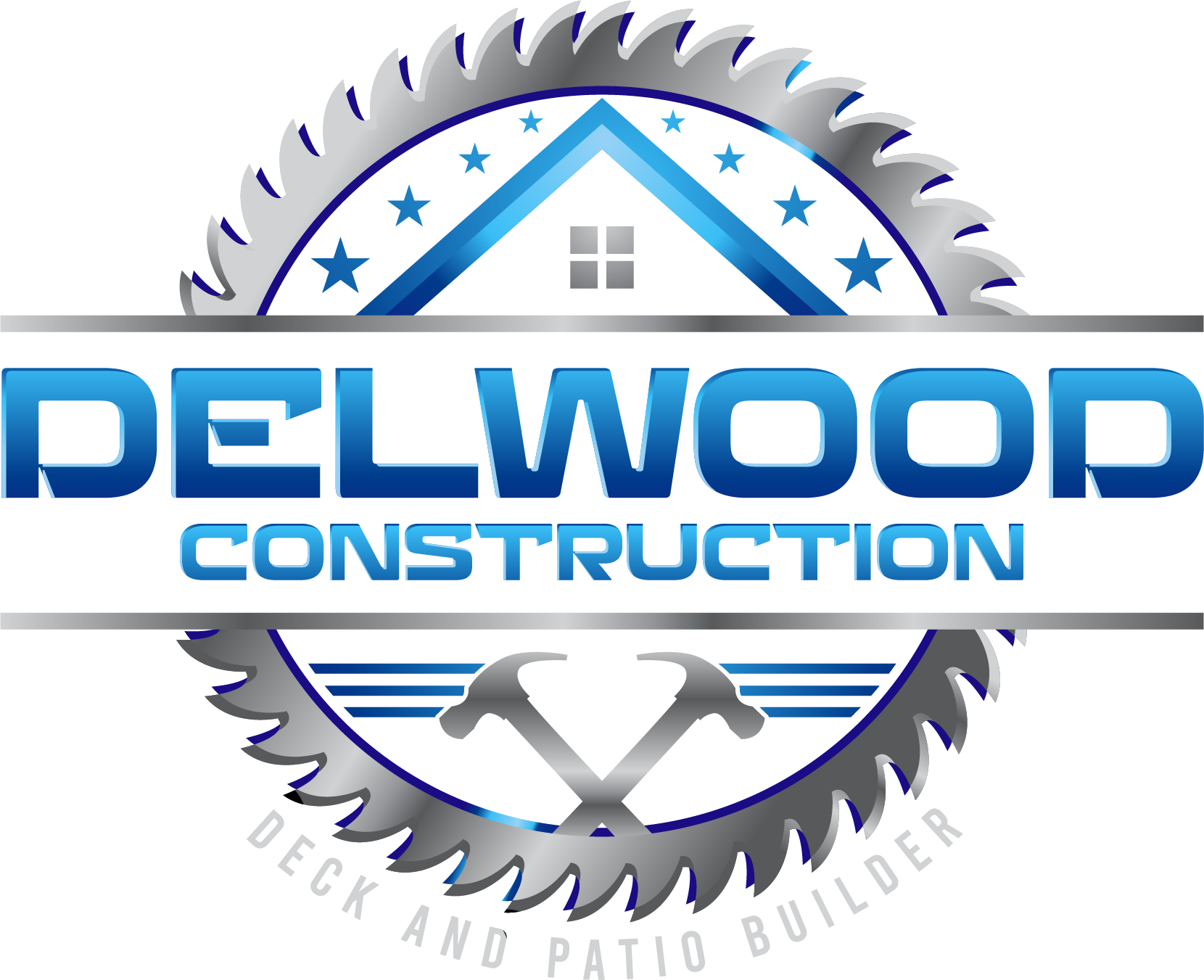Porch Builder
Porch Builder
There’s something special about a porch. Unlike a deck or patio, which often feel like open extensions of your yard, porches create a more defined and intentional space—an in-between that’s not quite indoors and not quite out. Whether it’s a classic front porch where neighbors wave as they pass by, or a screened-in back porch perfect for late-night conversations and rainy-day coffee, these spaces have a timeless role in how we experience home.
Porches add not just personality to a home’s exterior but genuine functionality, offering a transitional area that serves multiple purposes throughout the year. They’re also an architectural feature that carries both charm and utility. That’s why proper construction and thoughtful repair are so important—because when a porch is built well, it becomes one of the most meaningful spots in the entire home. And when it starts to fall apart, you feel it just as much.
What Makes A Porch Different
Porches are often misunderstood as being interchangeable with decks or patios, but they serve an entirely different role. Structurally, porches are integrated into the architecture of the house—usually covered, sometimes partially enclosed, and often elevated with steps leading to them. They offer shelter, structure, and a sense of arrival. They’re not just somewhere to sit; they’re often the first thing guests see when approaching your home and the last thing you touch before heading inside.
Designing or restoring a porch requires more than just slapping together boards or extending your existing structure. It means matching the style of your home, respecting the flow of foot traffic, and considering how the space will actually be used throughout the year. Do you want a place for rocking chairs and flowerpots, or more of a functional mudroom-like entrance? Will it double as a gathering space? These questions matter, and the answers influence everything from framing to materials to the type of railing and ceiling finish.
The Value of Professional Porch Construction And Repair
Building a new porch—or breathing life back into an old one—might seem like a manageable project for the handy homeowner. But the truth is, porches come with challenges that aren’t always obvious upfront. For starters, their placement means they're constantly exposed to the elements. Rain, snow, and humidity can wear down supports, shift framing, or compromise the attachment to the home itself. That makes structural integrity a huge concern, especially in older homes where materials may have already started to degrade.
Professional porch installation ensures the right materials are chosen for your climate and that the design accounts for water drainage, long-term settling, and secure footings. A properly anchored porch not only lasts longer but gives you peace of mind, especially when it’s bearing the weight of people, furniture, or even swings. Professionals also make sure building codes are met—which is particularly important with attached structures like porches that affect the home’s footprint and may require permits or inspections.
When it comes to repairs, the signs of trouble can be subtle. A loose handrail, a cracked board, or even a slightly tilted step might not seem like a big deal at first. But these issues can hint at more serious structural concerns. Hiring someone with experience means you’re not just covering up cosmetic problems but actually identifying and fixing the root cause. Whether it's replacing rotting joists, realigning a sagging roof, or matching period-appropriate trim for historical homes, professional help is what turns patch jobs into long-term solutions.
Why Good Design Matters
A porch doesn’t have to be elaborate to be impactful. The most memorable ones are often simple but well thought out. A cozy nook on the side of a cottage, a wraparound porch on a farmhouse, or a screened-in back porch overlooking the woods—they’re all different, but what they share is intention. They’re spaces designed to be used, not just looked at.
That’s where professional design and construction come in. Details like ceiling fans, tongue-and-groove flooring, beadboard ceilings, and custom trim work can transform a basic structure into a place that feels like an extension of your living room. Lighting, privacy screens, and even ceiling height all contribute to the overall experience. And with the right materials—especially in regions where temperature swings or moisture are a concern—a well-built porch can offer year-round comfort with minimal upkeep.
A thoughtful porch design considers not only aesthetics but function and flow. It’s about ensuring the porch works for your household, whether that means accommodating a dog gate, adding built-in benches, or leaving enough clearance for storm doors. These choices are easy to overlook but make a huge difference in how you use the space day to day.
A porch isn’t just a project—it’s a place where memories are made and good times are had. Whether you're envisioning a brand-new addition or trying to restore a tired structure to its former glory, getting it right matters. With a professional touch, you can make sure your porch not only looks great but stands the test of time.
Delwood Construction specializes in thoughtful, well-crafted porch installation and repair. If you're ready to upgrade your home's entry or carve out a peaceful outdoor retreat, contact Delwood Construction to schedule a consultation or get more information. Your porch deserves the same attention to detail as every other room in your home—maybe even more.
Frequently Asked Questions About Porches
Q1. What are some creative ways to make a porch feel like an extension of my home’s interior?
A1. To blur the lines between indoors and out, consider adding elements like outdoor rugs, comfortable seating, accent lighting, and even ceiling fans. Incorporate colors and decor that mirror your indoor style, and use all-weather furniture that feels just as cozy as anything you'd have in your living room. Built-in benches, pergola-style roofing, and mounted speakers can also help create a seamless flow from inside to porch.
Q2. Can a porch add resale value to my home?
A2. Absolutely. A well-designed and properly constructed porch not only boosts curb appeal but also adds functional living space that appeals to buyers. Whether it’s a front porch that adds charm or a spacious back porch perfect for entertaining, outdoor living features are consistently ranked among the top home improvements with strong return on investment.
Q3. How can I design a porch that works well in all seasons?
A3. Start with a solid roof to protect against rain and harsh sun, then consider adding retractable screens or removable panels to shield against wind and bugs. Radiant heaters, ceiling fans, and insulated flooring can dramatically improve comfort in both cold and warm weather. With the right features, your porch can easily transform into a cozy retreat year-round without needing to become a full sunroom.
All Rights Reserved | Delwood Construction

